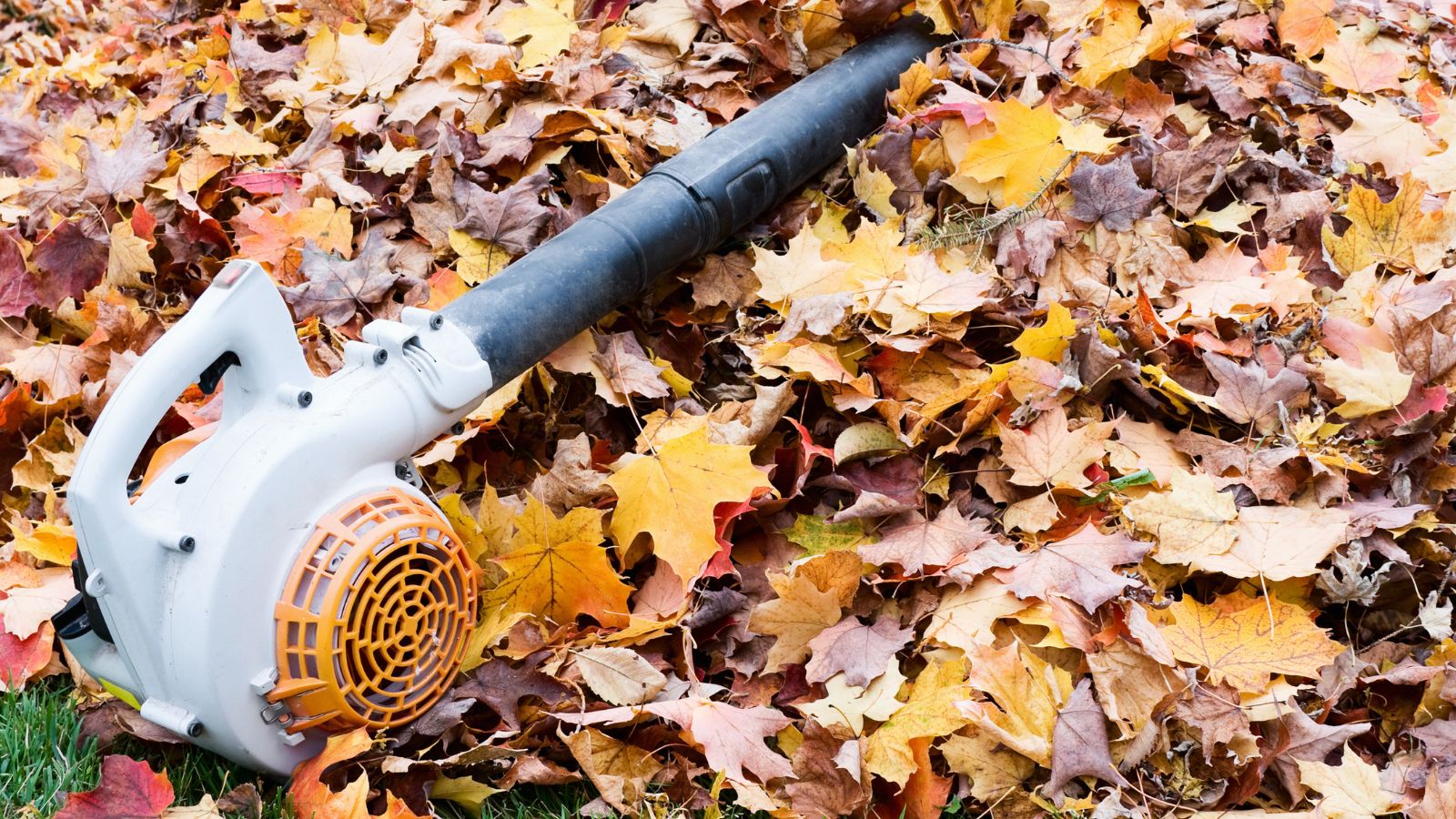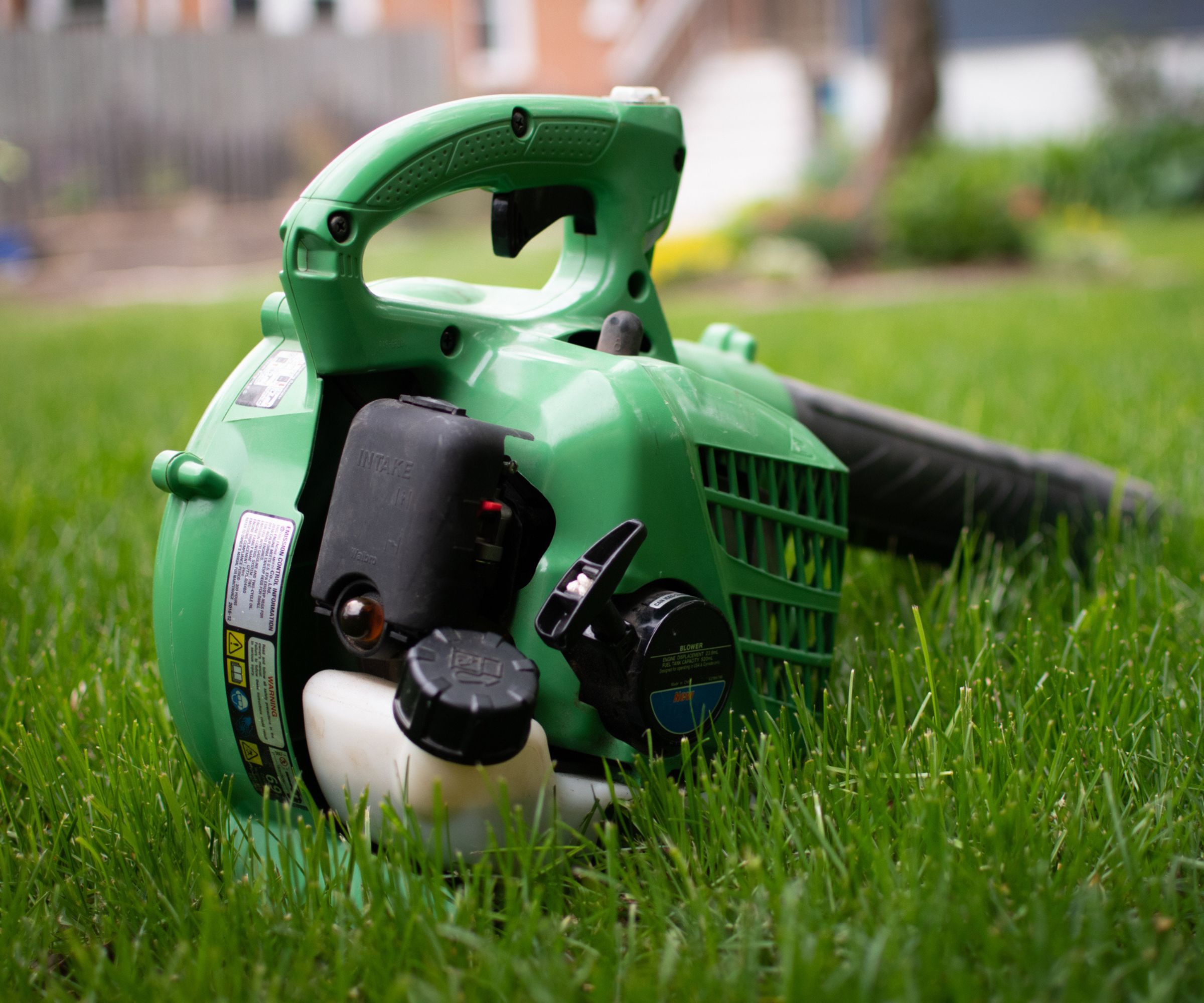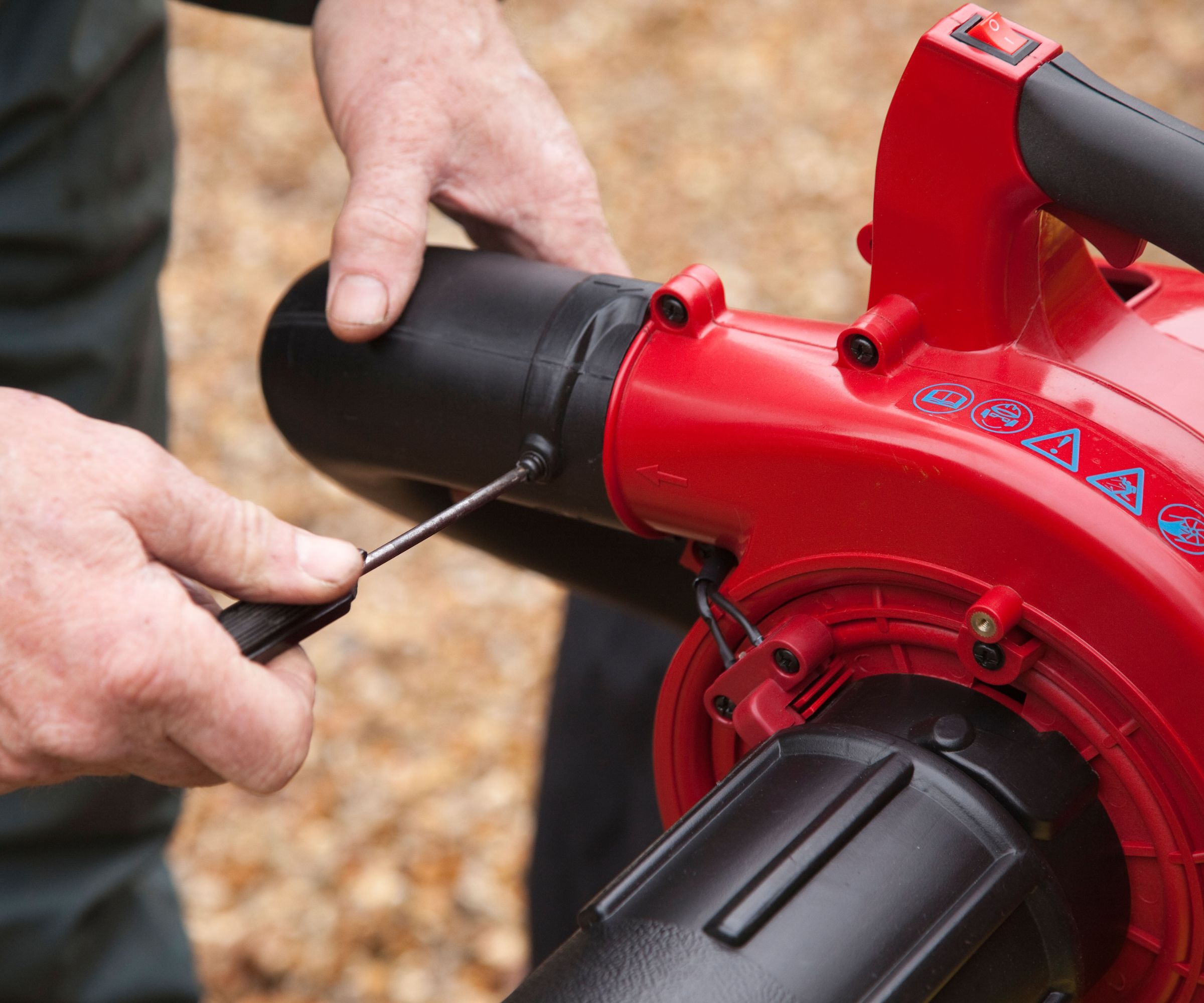Why isn't my leaf blower working? 6 solutions to fix a gas leaf blower
It's incredibly frustrating when your leaf blower won't work – this is all you need to know to fix it


As the weather gets colder, leaf blowers are increasingly essential gardening tools. They keep the yard tidy and give you lots of leaves to reuse as compost.
That's why it's such an issue when your leaf blower won't start. A broken leaf blower can be very frustrating, especially as you watch leaves pile up on your lawn or driveway.
Thankfully, most leaf blower issues are easy to fix. I've tested a lot of leaf blowers in my time as a product tester and the issues are usually straightforward. These are the six most common leaf blower problems - and how to solve them.
1. Replace your gas

One of the most common reasons that a leaf blower won't start is because you're using old gas. Gas has a shelf life, so if you left gas in the tank and haven't touched your leaf blower in months, you might find it won't combust. The volatile compounds that make an engine run evaporate over time, so, after a few months, your gas won't be as effective. If you kept gas in your garage, shed, or greenhouse since last winter, it's probably gone bad.
You have a couple of fixes here. The simplest is to get rid of the old gas. Remove the spark plug, siphon out the tank and throw out the old gas, then replace it with new gas. This should mean that your leaf blower starts again.
If you hate the idea of waste, or want to save a little money, you can mix the old fuel with new fuel in a 3:1 ratio, which should replace some of the volatility in your fuel. However, this is often more hassle than it's worth, so you're probably best off replacing all of it.
2. Put in new oil
Another issue that's easy to overlook is old oil. Just like a car, a gas leaf blower won't run right if it doesn't have frequent oil changes. Thankfully, this only applies to four-cycle leaf blowers, which are fairly uncommon. Most leaf blowers have two-cycle engines, so you can skip this step.
Design expertise in your inbox – from inspiring decorating ideas and beautiful celebrity homes to practical gardening advice and shopping round-ups.
If you have a four-cycle leaf blower, it's still a relatively easy fix. Remove the spark plug wire or the spark plug itself, remove the oil plug, then tip the leaf blower on its side and drain the old oil into a container. Replace the old oil with new oil and try to start the engine.
3. Check your spark plug
The next most common issue is a fouled spark plug. Spark plugs build up oil and, once clogged, they won't spark and fire the engine.
To fix this, you can remove the spark plug and clean it. First, clean the area immediately around the spark plug - this will stop any extra dirt from entering the spark plug and adding to your issues. Then, unscrew the spark plug - all you need is a cheap spark plug wrench like this from Amazon, or a little 3/8" socket wrench like this from Walmart.
It should be immediately obvious if the spark plug is fouled - it will be covered with black oil. This can be removed with a wire brush and rubbing alcohol. Leave the spark plug out to air dry, but this is pretty quick - it will take seconds with 99% alcohol and around 10 minutes with 70% alcohol.
Once dry, you can replace it in the machine and see if it runs. With any luck, it will start the first time but, if not, you need to buy a replacement plug. A new plug should fix your problem but, if not, there's some other things you can troubleshoot.
4. Change the air filter

An easy fix - but one easy to overlook - is a problem with your air filter. Gas leaf blowers often use small foam air filters to stop debris and particles from entering the engine. Leaf blowers pick up a lot of dust, dirt, and tiny fragments of leaves, so these air filters can quickly clog.
Thankfully, it's a simple problem to solve. Unscrew the air filter cover and set it to one side. This will expose the air filter - it's usually a little block of foam, sometimes with a mesh cover. Clean the filter and mesh cover in warm water and soap, then leave it to air dry. As the filter dries, brush down the air filter cover to remove any extra dirt, then reinstall the filter and cover.
5. Replace your fuel filter

Unfortunately, if your leaf blower still isn't starting, you may need to get a little more technical. The next most likely issue is a clogged fuel filter. Just like an air filter, a fuel filter keeps your leaf blower free from particles which can stop its usual operation. Over time, however, it can become clogged with dirt.
Gardens expert Drew Swainston gave me some tips on how to to replace a fuel filter. Drew says: 'It varies depending on the model of the leaf blower, but in most models, the fuel filter is inside the gas tank. To replace it, drain the fuel from the tank. Remove the cap on the tank and set it to one side. Then, with a hook, reach into the tank and snare the fuel filter.'
Once this is done, he adds: 'Pull it out and remove the filter, then replace it with a new one from the manufacturer.' This can help the leaf blower to run as it should.

Drew qualified as a journalist and wrote for many websites and publications, before studying for a horticulture qualification. He worked as a professional gardener for several years, specializing in kitchen gardening. He's now bringing his expertise and passion to Homes & Gardens.
6. Fix the fuel line
The final, and most serious issue is that you might have a hole or clog in your fuel lines. Fuel lines from the gas tank to the engine can easily crack or crimp and, if there's been an issue with your fuel filter, they may be clogged.
This takes a fair amount of work. You need to empty the fuel tank and disconnect the spark plug wire. Then, remove the air filter cover and air filter so that you can get to the carburettor.
Then, remove the carburettor from the fuel lines. Afterwards, remove the fuel tank by unscrewing it from the body of the leaf blower. Depending on the model, the fuel lines should pull away with the tank.
Once removed, cut the fuel lines out of the tank and replace them with new fuel lines, feeding the line back through the fuel tank, then put everything back together. This is pretty labor intensive and it can be tricky if you aren't used to working on small engines, so it might be a lot easier to get a mechanic to take a look.
Leaf blower FAQs
How do I fix a leaf vacuum?
By far the most common issue with a leaf vacuum is that it has sucked up debris that's too large or hard for the impeller. Remove the power source - almost always a battery - and inspect the impeller. You'll probably find a rock or twig stuck in there - just knock it loose.
The good news is that a lot of the techniques also apply to fixing a lawn mower or other yard tools running off small engines, like lawn trimmers. A trickier fix is if the pull cord is stuck, but this can usually be fixed with a replacement.

As a gardens and lifestyle contributor, Alex makes sure readers find the right information to help them make the best purchase. Alex got his start in reviewing at the iconic Good Housekeeping Institute, testing a wide range of household products and appliances. He then moved to BBC Gardeners’ World Magazine, assessing gardening tools, machinery, and wildlife products.